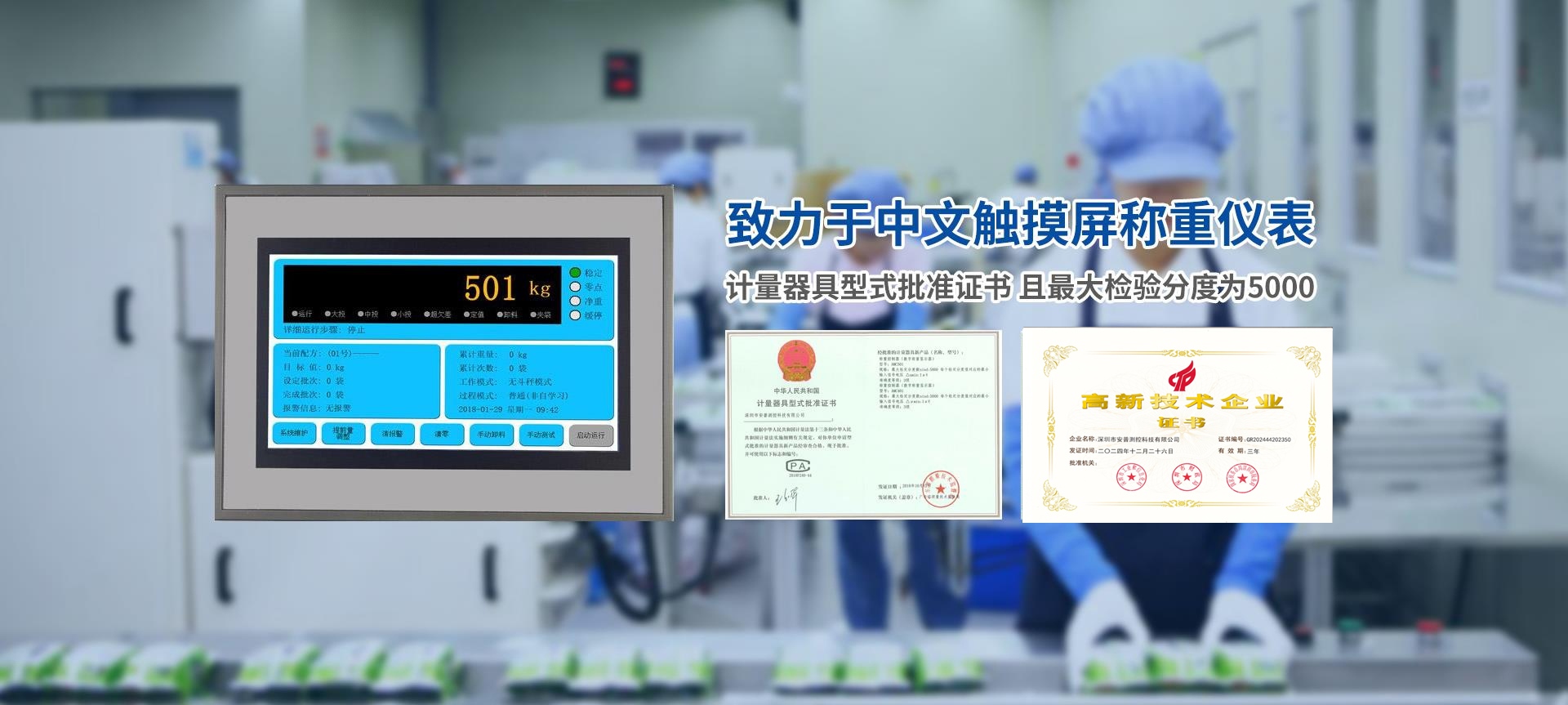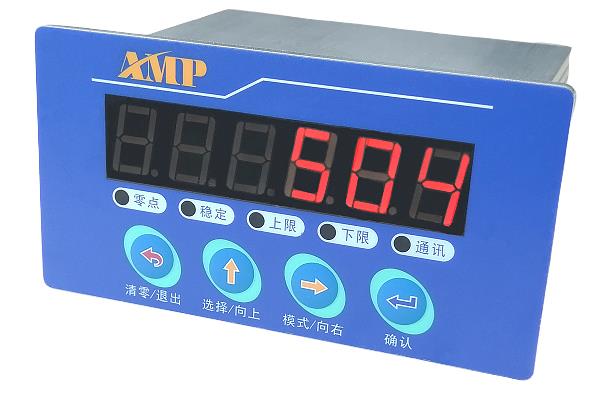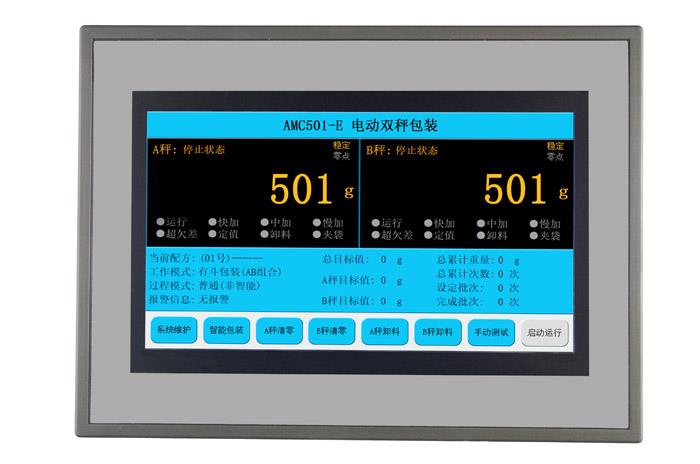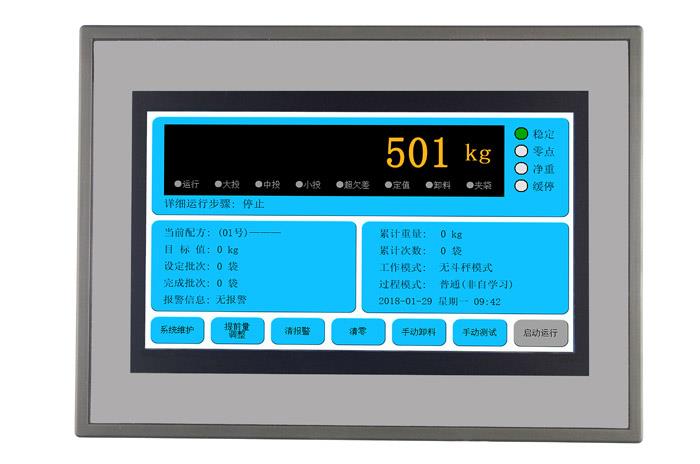
2020-03-22
The accuracy grade of the weighing transmitter is expressed in standard percentage values, such as the accuracy grades of the weighing transmitter are 0.10, 0.20, 0.5, 1.0, 2.0, 5.0, etc. When the weighing transmitter is designed and factory inspected, its The error represented by the accuracy grade refers to the maximum allowable error measured by the weighing transmitter. Solid molecules have a certain steady-state microstructure. When it is subjected to external force, it will deviate from the original structure and produce a certain deformation. When the external force is removed, It will instinctively return to the original structure, but the recovery process should be oscillation attenuation, just like playing a swing, after the external force of the push is removed, it will take N times of oscillation attenuation to reach the stable lowest point. Therefore, we assume that The stress release process is fluctuating, but the amplitude of the fluctuation will gradually become smaller.
Weighing transmitters usually consist of an elastomer with strain gauges. The elastomer is usually made of steel or aluminum. It is very strong and has very little elasticity. As the term "elastomer" says, steel or aluminum is A certain amount of deformation occurs under the load, but then returns to the original position, elastically responding to each load. These very small changes can be obtained using strain gauges. The deformation of the strain gauge is interpreted by analytical electronics to determine the weight.

The best way to eliminate the accuracy of the weighing transmitter is to leave it in the open air and let it be exposed to the sun and rain for a long time. Stress will also be generated during the processing of aluminum elastomers such as sawing and iron, and there must be a release Process. Celtron weighing transmitters have a gradual release process due to sandblasting, post-patching pressure and high-temperature baking, and stress after gluing. The parameters of the accuracy level test of the weighing transmitter just made by the glue can only be used as a reference, and an absolute conclusion cannot be made.
Usually the accuracy grade of weighing transmitter is composed of a single sensitive element and a single transmitter, and its output-input characteristics are poor. If differential, symmetrical structure and differential circuit (such as bridge) are combined Dynamic technology can achieve the effect of eliminating zero value, reducing nonlinearity, improving sensitivity, realizing temperature compensation and canceling common mode error interference, etc., improving the technical performance of the sensor and thus improving the accuracy of the weighing transmitter. The accuracy level is represented by the percentage of the ratio of the maximum basic error to the full scale within its range. The basic error is composed of two parts: systematic error and random error. The error represented by hysteresis and linearity is the system of the weighing transmitter Error, the error represented by repeatability is random error.
They are electrical conductors that are firmly attached to the substrate in a serpentine fashion. When the substrate is pulled, it and the electrical conductor get longer together. When it shrinks, it gets shorter. This causes the electrical conductance The resistance in the body changes. This strain can be determined on this basis, because resistance increases with strain and decreases with shrinkage.

1 10, 2025

1 10, 2025